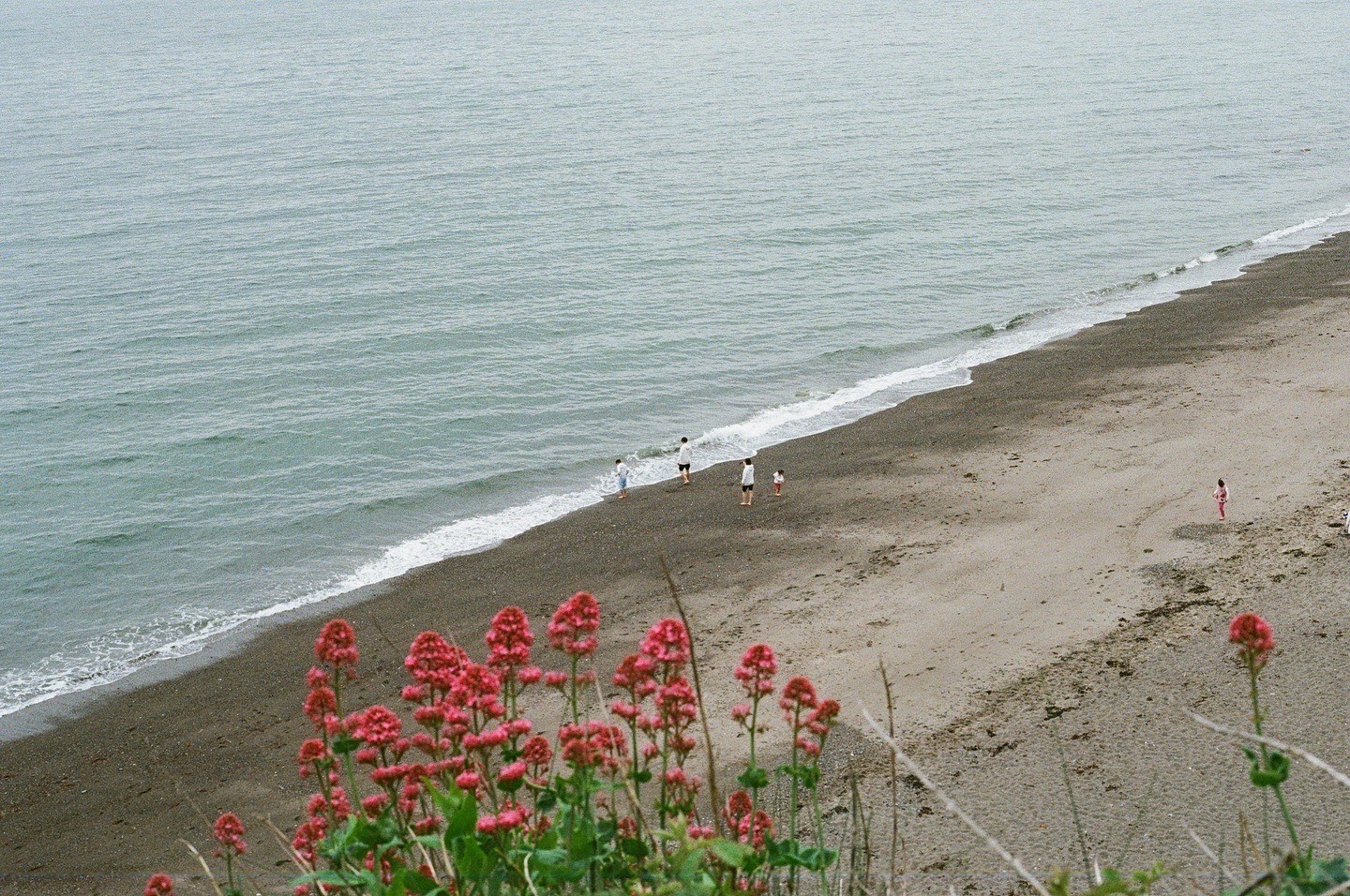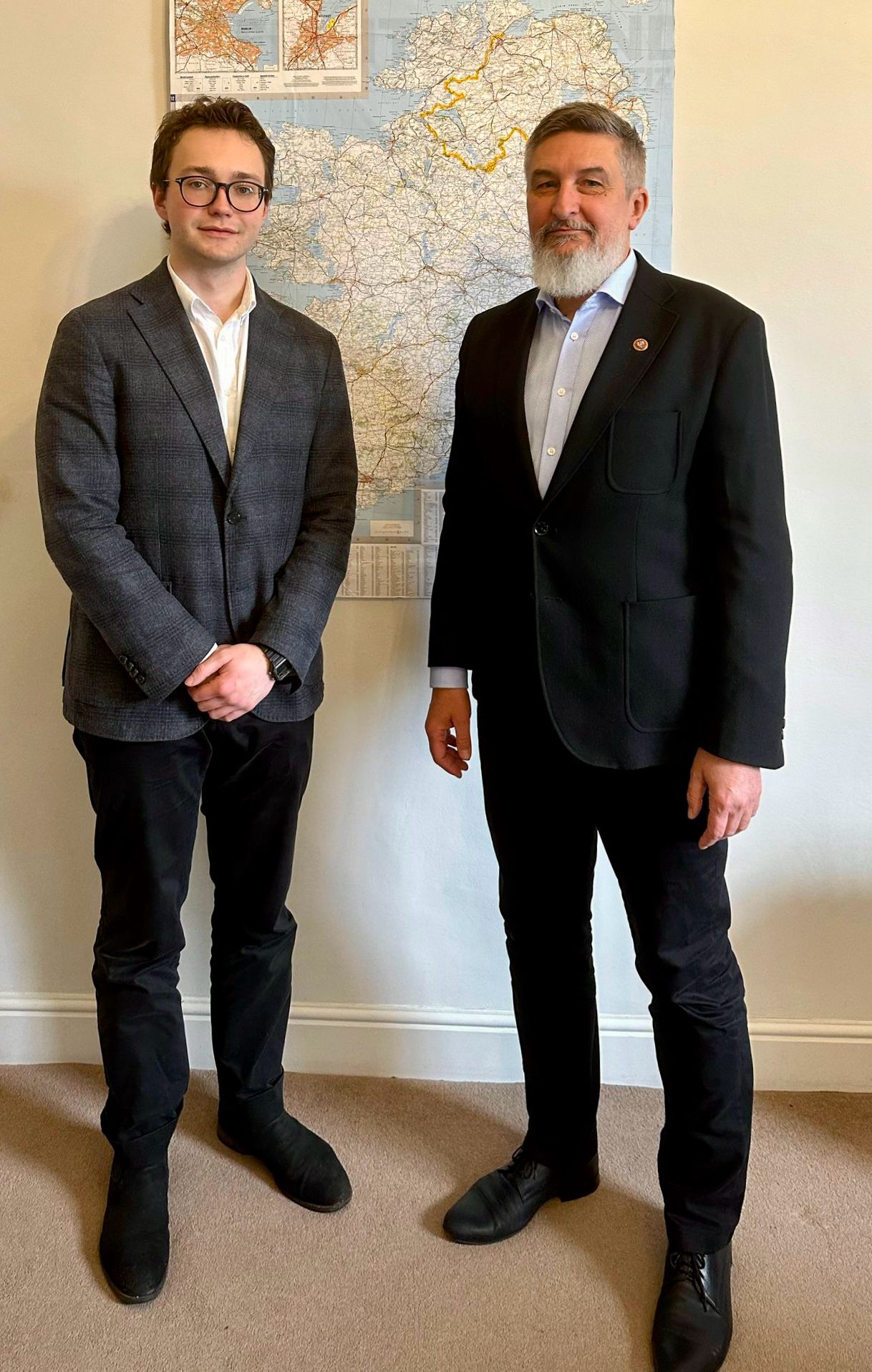It’s low tide on Sandymount Beach. A plain of wet rippled sand stretches far into the distance to where the sea has retreated. From afar, the wind carries the murmur of crashing waves and brings with it a smell of salt and seaweed. Standing on the beach, faced with sand upon sand upon sand, it’s difficult to imagine just how much Ireland’s coastline has changed in just the last hundred years.
When it comes to coastal erosion – a slow process of waves washing away sediment such as sand or rock – Dublin Bay is at a major disadvantage. As opposed to coasts in the west and north, which are made up of predominantly rock (think Cliffs of Moher), Ireland’s east and southeast shorelines are composed mostly of soft sediments, like sand and silt, which are easier to wash away. The usually low elevation of these coastlines (often at or even below sea level) further increases their susceptibility to erosion, resulting in erosion rates that can reach even 1-2m per year.
While coastal erosion is a natural phenomenon, human activity has heavily exacerbated its intensity. Rising sea levels increase erosion rates as waves and tides move further inland, concentrating their energy close to the coast. Moreover, the increasing frequency and intensity of coastal storms stemming from climate change further expose coasts to erosion, as stronger wave surges have stronger backwashes, capable of eroding more sediment.
Born out of concern for the coastal ecosystems of Dublin Bay, Coastal TALES (Telling Adaptations; Living Environmental Stories for Coastal Resilience) is a recently initiated three-year research project undertaken by Professor Poul Holm and Dr Cordula Scherer of Trinity’s Environmental Humanities Research Hub under the Belmont Forum call for Cultural Heritage and Climate. The project, done in collaboration with research teams from Arizona State University and the University of Wales Trinity Saint David, seeks to explore “how heritage stories can drive action in education, policy, and nature-based innovation” in coastal communities in Dublin Bay, southwest Wales, and Kodiak Island, Alaska.
While focusing on the overarching goal of preserving natural and cultural heritage through traditional knowledge and practices, the Dublin Bay case study centers around the problems of coastal erosion and marine habitat change.
“The coastline has changed enormously in the last 100 years”, said Holm, the environmental historian and director of Trinity’s Centre for Environmental Humanities. He went on to list that “we face challenges of erosion, of concretization of the coastline, of loss of marine habitats”.
By tapping into cultural and historical knowledge and engaging with coastal communities, Trinity researchers aim to find and implement natural measures for mitigating coastal erosion and increasing local biodiversity in the wider Dublin Bay area.
“The climate crisis goes hand in hand with biodiversity loss”, stressed Scherer, a marine ecologist and lead investigator on the project. “We can’t just build a wall to protect our bay. We have to do so much more. I’m hoping that with this project we can emphasize that.”
Loss of marine habitats and biodiversity dead zones are particularly detrimental in an area as environmentally unique as Dublin Bay. Home to a variety of plants, birds, and sea creatures, including the ubiquitous grey seals and slightly more elusive harbor porpoises, it has been designated as a UNESCO Biosphere reserve and is the only region in the world to host a capital city alongside two Ramsar sites (internationally recognized protected wetland areas). These sites are especially vital for wading and migratory birds, who use them as feeding and breeding grounds. Despite this natural richness, biodiversity in the area is in decline due to human activity.
“In the olden days, when you look at historical maps, you have oyster reefs and seagrass meadows and mussel banks, and you don’t have that anymore”, Scherer explained, “but they would’ve been amazing natural defence structures that would have kept the coast in balance”. The restoration of these natural defence systems is one of Coastal TALES’ main goals: “In this project we want to identify where these old, natural structures were, and if we can potentially reintroduce them”.
To do so, Coastal TALES adopts a uniquely transgenerational approach. While the project is only in its early stages, the researchers are currently working with ECO-UNESCO (Ireland’s Environmental Education and Youth Organization) to plan a school engagement programme and facilitate intergenerational dialogue between youth activists and older generations. By encouraging young people to work together with the elders in their communities to create maps of Dublin Bay based on their memories and stories of the past, researchers hope to combine personal accounts of Dublin Bay gathered in this way with historical records and scientific data to assess the extent of coastline change and find areas where natural barriers against erosion could be reinstated.
Moreover, by asking members of coastal communities to gather their own evidence of coastal change, in the form of photographs or family documents, and draw maps of how they envision Dublin Bay in the future, Scherer and Holm hope to gather physical evidence of how coastal changes are perceived and impact local communities.
“We need to be in a learning position as much as in a teaching position”, said Holm, highlighting the project’s aim of co-creating knowledge with members of coastal communities. Considering how abstract and unapproachable environmental issues like coastal erosion can seem, the workshops devised by the researchers aim to give members of coastal communities a tangible way to engage with them while providing the researchers with vital insight.
While community engagement is the key to the project’s success and the central focus of the case study, it also represents the biggest challenge. “It’s not a simple process of just asking people”, explained Holm, “they need to take ownership of a project like this”.
“We are funded to initiate a process”, he added, “but the success of a process like this is ultimately in the hands of communities that engage with it”.
However, Holm and Scherer are optimistic. Their previous project, Food Smart Dublin, which encouraged more sustainable food practices by bringing restaurant chefs and schoolchildren together to cook historical seafood recipes, was met with great enthusiasm, inspiring pupils to learn more about sustainability and climate action. Based on that success, the researchers are confident that Coastal TALES will spark public interest and encourage people to actively get involved with the issues of coastal erosion and marine biodiversity.
“We are listening to the coastal communities to tell their stories”, noted Scherer, “I think it makes a huge difference and a huge impact because everyone can identify with stories”.







